High blood pressure is a common disease and is also one of the leading causes of death or disability among cardiovascular diseases.
The World Health Organization (WHO) estimates that globally, more than 1.2 billion people between the ages of 30 and 79 have high blood pressure. About two-thirds of them live in low- or middle-income countries.
What is the highest blood pressure?
There is no specific highest blood pressure, but dangerous high blood pressure when the systolic blood pressure index is from 180 mmHg, or diastolic blood pressure is from 120 mmHg or higher, requires urgent medical intervention to avoid serious complications and reduce the risk of death for the patient.
High blood pressure is determined by two main numbers: systolic blood pressure (the top number) and diastolic blood pressure (the bottom number). Systolic blood pressure measures the pressure of blood against the artery walls when the heart contracts. Conversely, diastolic blood pressure measures the pressure of blood when the heart rests between beats. When either systolic or diastolic blood pressure is higher than normal, a person may have high blood pressure.
According to the American Heart Association, the ideal blood pressure for a healthy person is about 120/80 mmHg. This blood pressure level can vary depending on age or individual health status.
What maximum blood pressure range requires medical attention?
High blood pressure is divided into two stages of varying severity, including:
Stage 1 hypertension: Systolic blood pressure from 130 mmHg to 139 mmHg or diastolic blood pressure from 80 mmHg to 89 mmHg. In this case, the patient only needs to change their lifestyle to stabilize blood pressure.
Stage 2 hypertension: Systolic blood pressure of 140 mmHg or higher or diastolic blood pressure of 90 mmHg or higher. At this stage, the patient will also be asked to change their lifestyle, and the doctor may prescribe medication if the patient has an accompanying medical condition.
Illustration photo. (Source: Neuroscience)
A medical emergency may occur if blood pressure reaches 180/120 mmHg, the patient may be experiencing a hypertensive crisis, which is a medical emergency. High blood pressure at this level can damage blood vessels and can lead to a stroke. Therefore, the patient should immediately call a doctor or go to the nearest medical facility for monitoring and treatment.
How to deal with cases of maximum allowable blood pressure
Hypertension is a medical emergency that requires immediate medical attention. Here are some ways to treat the patient and those around them when they discover someone with this condition:
For the sick
Patients need to stay calm, avoid anxiety and stress, should sit or lie down to rest, and not perform strenuous physical activities at this time.
If you have a home blood pressure monitor, check your blood pressure again after 5-10 minutes to confirm the result.
Use blood pressure medication if prescribed by your doctor.
Drink a glass of warm water, avoid stimulants such as coffee, tea, or alcoholic beverages.
If blood pressure remains high and symptoms such as severe headache, shortness of breath, chest pain appear, go to the nearest medical facility for an accurate assessment of the condition.
Patients can monitor their blood pressure at home.
Patients can monitor their blood pressure at home.
For people around
Create conditions for the patient to rest in the most comfortable position, either sitting or lying down.
Observe the patient's symptoms, especially emergency signs such as difficulty breathing, chest pain, loss of consciousness. When detecting a patient with these signs, take the patient to the nearest medical facility, hospital or call for emergency assistance immediately.
Help the patient take medication if they need to use blood pressure medication.
Provide mental support to the patient to avoid causing further anxiety and panic.
(Photo: Getty images)
Prompt and proper treatment can reduce the risk of serious complications caused by high blood pressure.
High blood pressure often develops silently but has very serious consequences. Therefore, if properly monitored and treated, complications of the disease can be avoided, and the patient's health, labor capacity and longevity can be maintained.
Many people with high blood pressure do not understand the disease and its consequences. Therefore, people with high blood pressure do not have the right attitude towards the disease, causing the number of deaths due to high blood pressure to increase.
Hypertension can have a cause or no cause, but the vast majority of hypertension has no cause (idiopathic). If not treated properly and not following a proper diet for hypertensive patients and exercising properly, hypertension can leave the patient with sequelae such as stroke; myocardial infarction; aneurysm; heart failure; kidney damage; loss of vision; metabolic syndrome; memory disorders and dementia./.
(Vietnam+)
Source: https://www.vietnamplus.vn/chi-so-the-nao-duoc-coi-la-huyet-ap-cao-va-khi-nao-phai-nhap-vien-post1043265.vnp



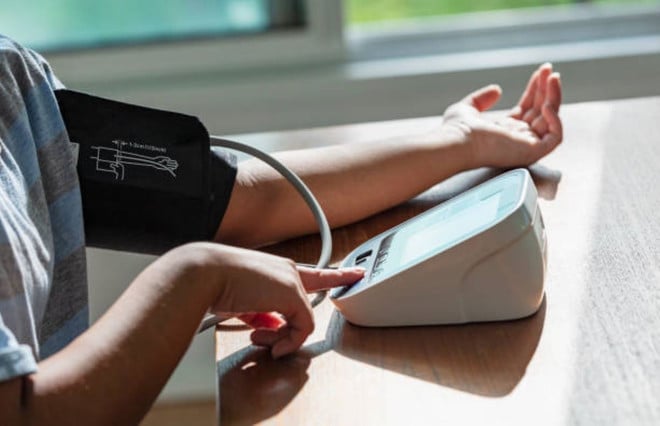















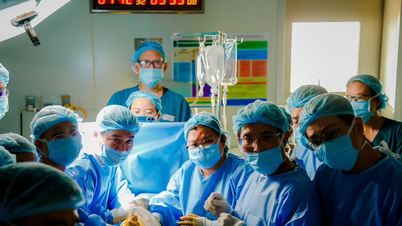

























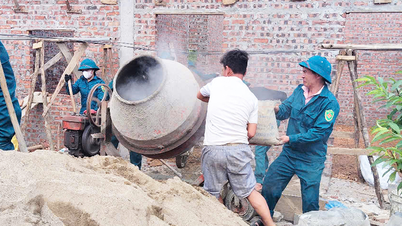


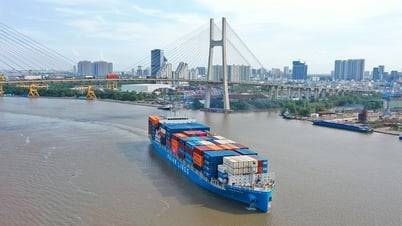








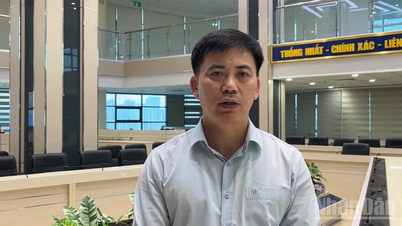




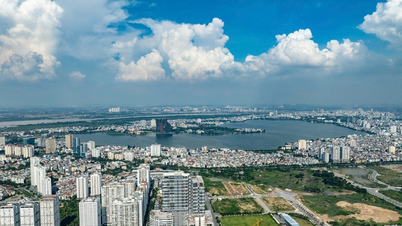
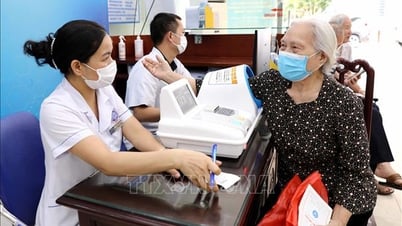

















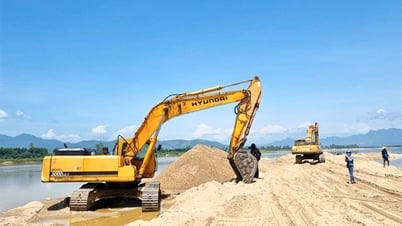












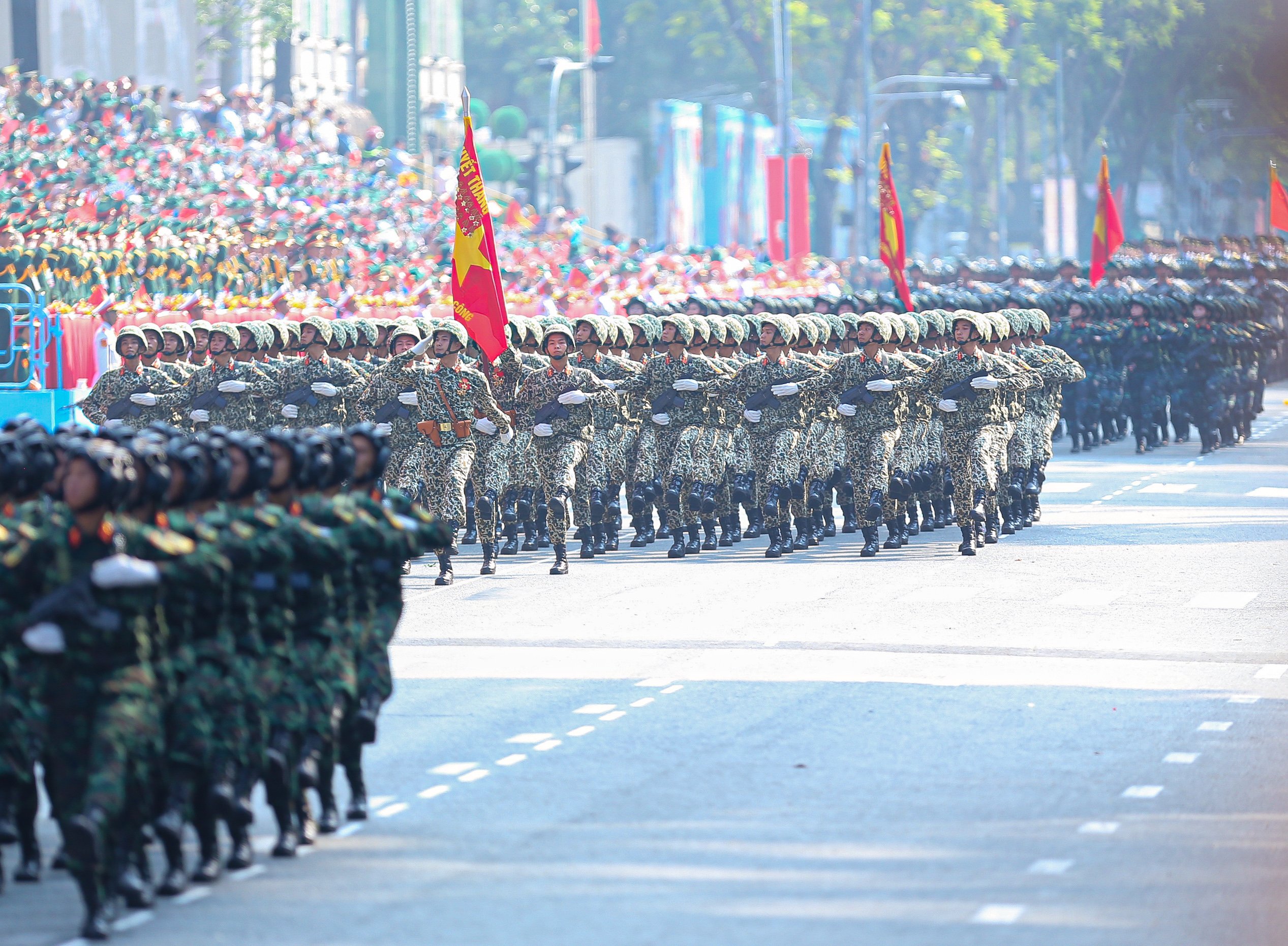



Comment (0)